Smoked Tobacco Products
Tobacco smoke contains nicotine and over 7,000 chemicals, of which hundreds are toxic and about 70 are known to cause cancer (carcinogens).2
Cigarettes 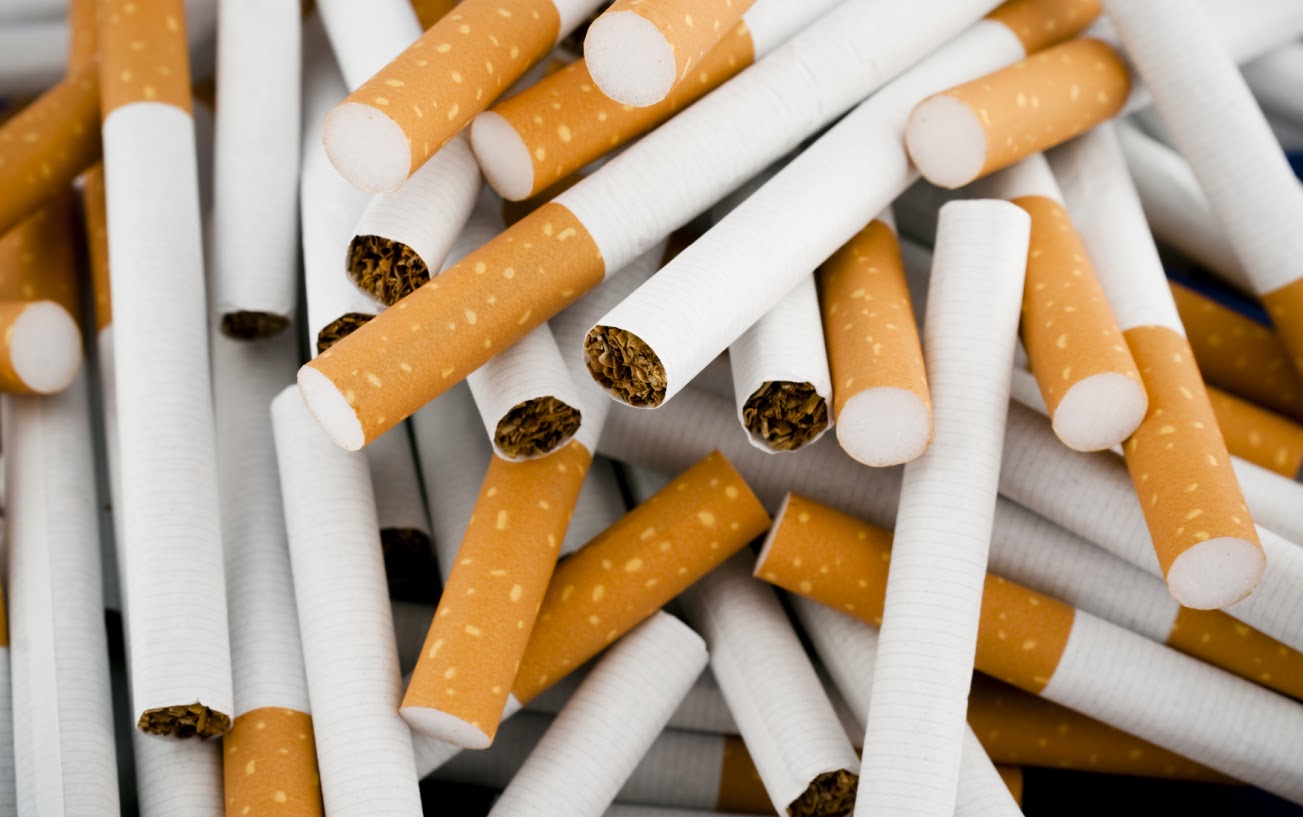
· The most commonly used tobacco product in the United States.2
· A cylinder of tobacco covered in paper or other non-tobacco containing substance.1,2
· Tar exposure in “light” cigarettes can be just as high as that from regular cigarettes when taking long, deep, or frequent puffs.2
· Tobacco companies are prohibited from using the terms “low”, “mild”, or “light” in product labeling and advertisements. 2,3 More Information
Menthol Cigarettes
· Menthol is a substance derived from mint plants that produces a cooling sensation.2
· Menthol decreases the harshness of cigarette smoke, which makes it easier to smoke—especially for adolescents.2
Cigars 
· Cigars are large rolls of tobacco wrapped in leaf tobacco or other tobacco-containing substance. They are sold in the United States as large cigars, cigarillos, and little cigars.1,2
· Cigars contain a larger amount of nicotine than cigarettes. When inhaled, nicotine is absorbed faster through the lung than through the lining of the mouth if not inhaled.1
Pipes
· Pipes consist of a mouthpiece, stem, and bowl. Loose tobacco is packed in the bowl and lit, and the smoke is inhaled through the stem and mouthpiece.1,2
Bidis (pronounced “bee-dees”)1 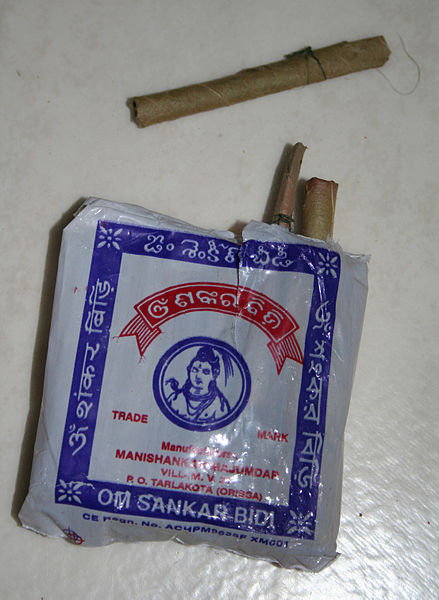
· Bidis are small, thin rolls of tobacco wrapped in a tendu or temburni leaf and tied at one or both ends with string. They are mainly imported from Southeast Asia.1,2
· Bidis have greater amounts of nicotine, tar, and carbon monoxide compared to standard cigarettes and are thus more addictive.1
· Bidis can be flavored or unflavored. Flavored bidis are illegal in the United States due to the ban on flavored cigarettes.2,3 More Information
Kreteks (pronounced “cree-techs”)1
· Kreteks (clove cigarettes) are imported from Indonesia and usually contain 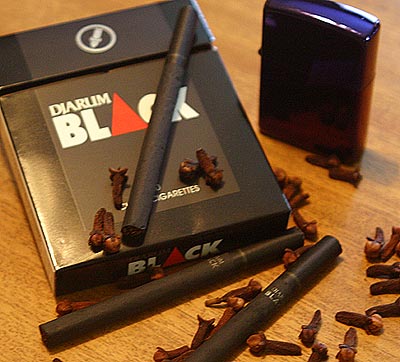 about 60% tobacco and 40% ground cloves1,2
about 60% tobacco and 40% ground cloves1,2
· As with bidis, kreteks have higher concentrations of nicotine, carbon monoxide, and tar than standard cigarettes and are thus more addictive.1
· Kreteks are illegal in the United States due to the ban on flavored cigarettes.2,3 More Information
Hookah 
· A hookah (water pipe) is an instrument for vaporizing and smoking flavored tobacco that consists of a bowl, metal body, head, and flexible hose with a mouthpiece. Tobacco smoke is drawn through water in the bowl and cooled before it’s inhaled.1,2
· Hookah smokers may actually absorb greater amounts of the toxins in tobacco compared to cigarette smokers because inhalation is deeper and smoking sessions longer. 1,2,4
· It is estimated that during a typical one-hour session of hookah smoking the user inhales 100 to 200 times the volume of smoke as that from a single cigarette.1,2
Smokeless Tobacco Products
Smokeless tobacco products contain nicotine and about 28 known cancer-causing agents (carcinogens). They are not a safe alternative to smoking.1
Chewing Tobacco 
· Chewing tobacco is available in loose leaf, plug, and twist forms. It is placed between the cheeks and gums, and the juices are either spit out or swallowed.1,5
Snuff and Dip
· Snuff is finely ground tobacco that can be sniffed if dry.1,5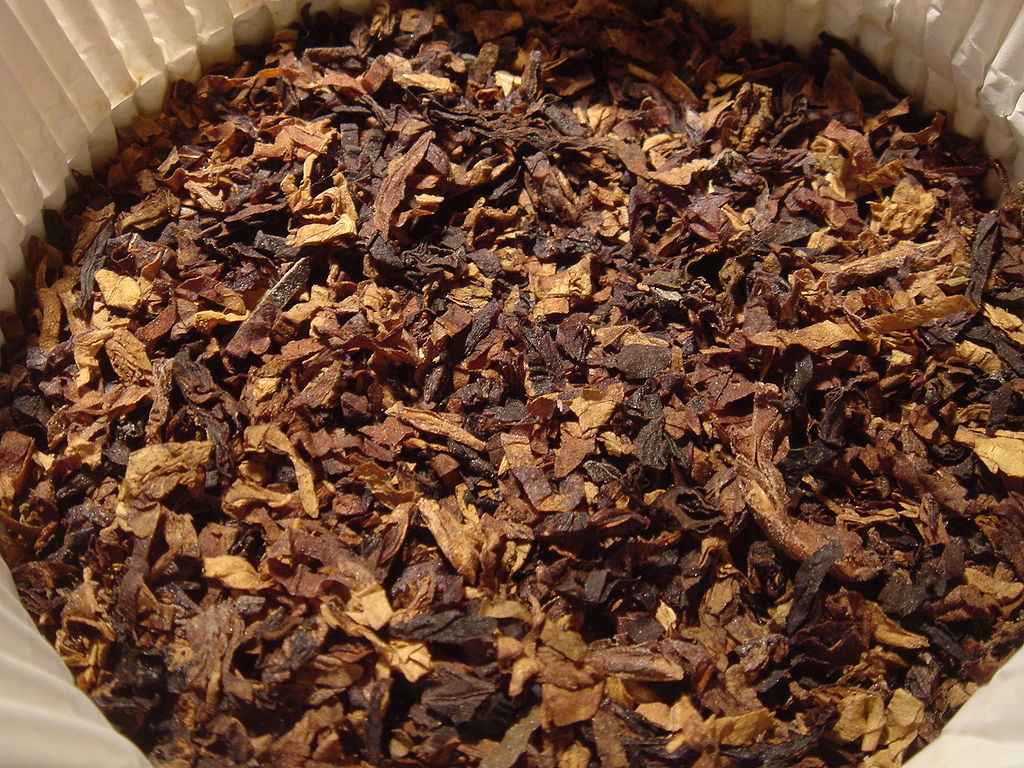
· Dip is moist snuff that is chewed like tobacco.1,5
Snus
· A small pouch of flavored, moist snuff that is placed between the cheek and 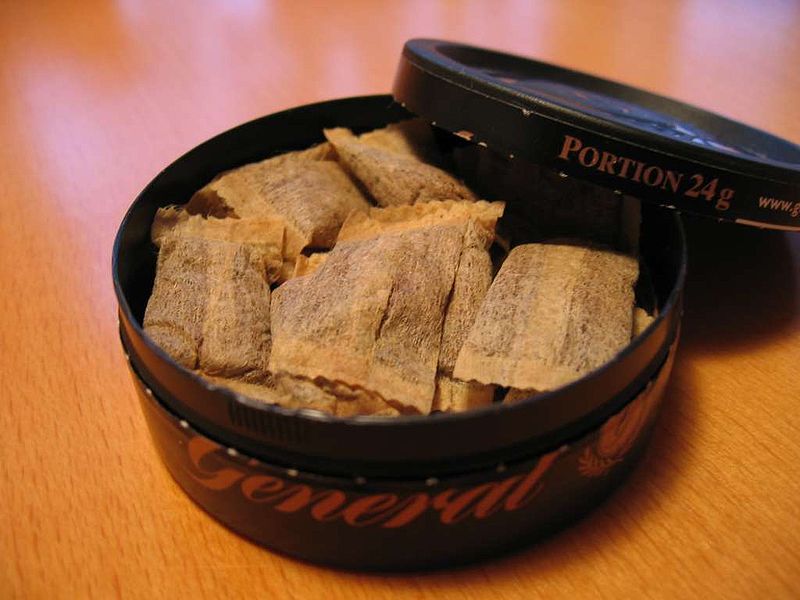 gums and does not require spitting.4,5
gums and does not require spitting.4,5
Dissolvable Products
· Lozenges, orbs, sticks, and strips infused with nicotine that melt on the tongue.4,5
Betel quid/Gutka
· Betel quid is a mixture of betel leaf, areca nut, and slaked lime popular in India and Asia. When tobacco is added, the product is known as gutka, ghutka, or gutkha.5
Electronic Cigarettes (e-cigarettes)
E-cigarettes are a delivery system for the addictive substance nicotine and contain unknown chemicals and have unknown long-term health effects.6,7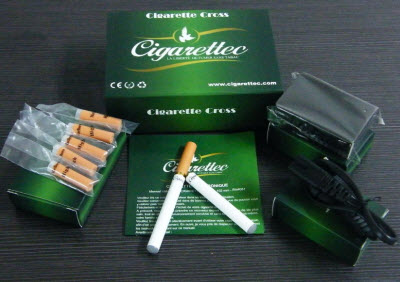
· E-cigarettes are battery-powered devices that heat cartridges containing nicotine, flavor, and other chemicals into vapor that is inhaled. They do not contain tobacco but are a nicotine delivery system.1,6
· They are made to resemble cigarettes, cigars, pipes, and even some everyday items like pens. The user puffs on the device, but since there is no burning of tobacco, it does not produce smoke.1,6
· There have not been sufficient clinical studies evaluating the safety of e-cigarettes. Thus, there is currently no oversight of e-cigarettes by the FDA.6,7
· What we don’t know about e-cigarettes:
o Are they safe? 6,7
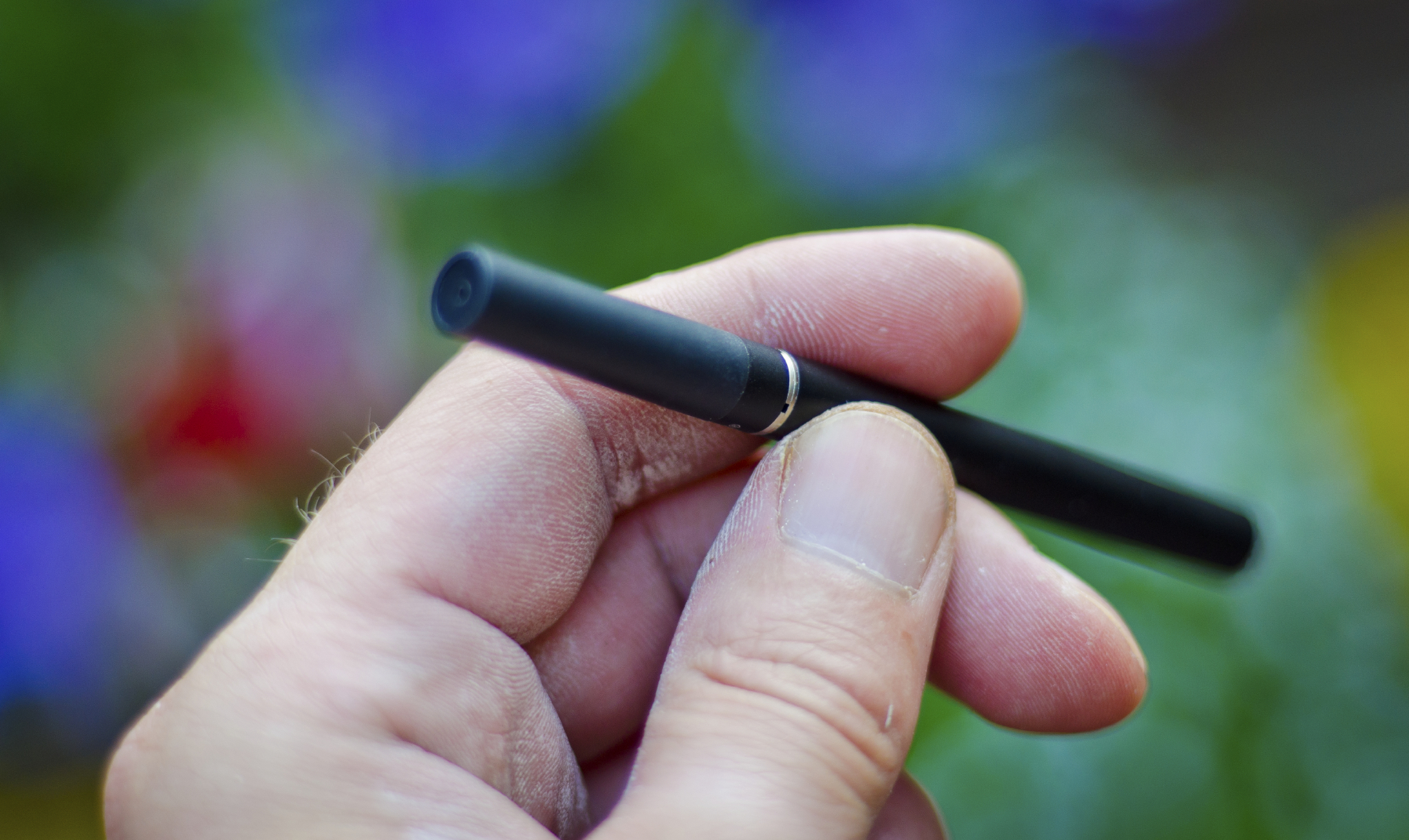 o What chemicals do they contain? 6,7
o What chemicals do they contain? 6,7
o How much nicotine is inhaled? 6,7
· Reports of adverse events involving e-cigarettes include hospitalization for illnesses such as:
o Pneumonia7
o Congestive heart failure7
o Seizure7
o Hypotension7
o Disorientation7
· There is no scientific evidence to confirm the safety and efficacy of e-cigarettes as nicotine replacement therapy. Thus, e-cigarettes should not be recommended as a cessation aid.1,6

